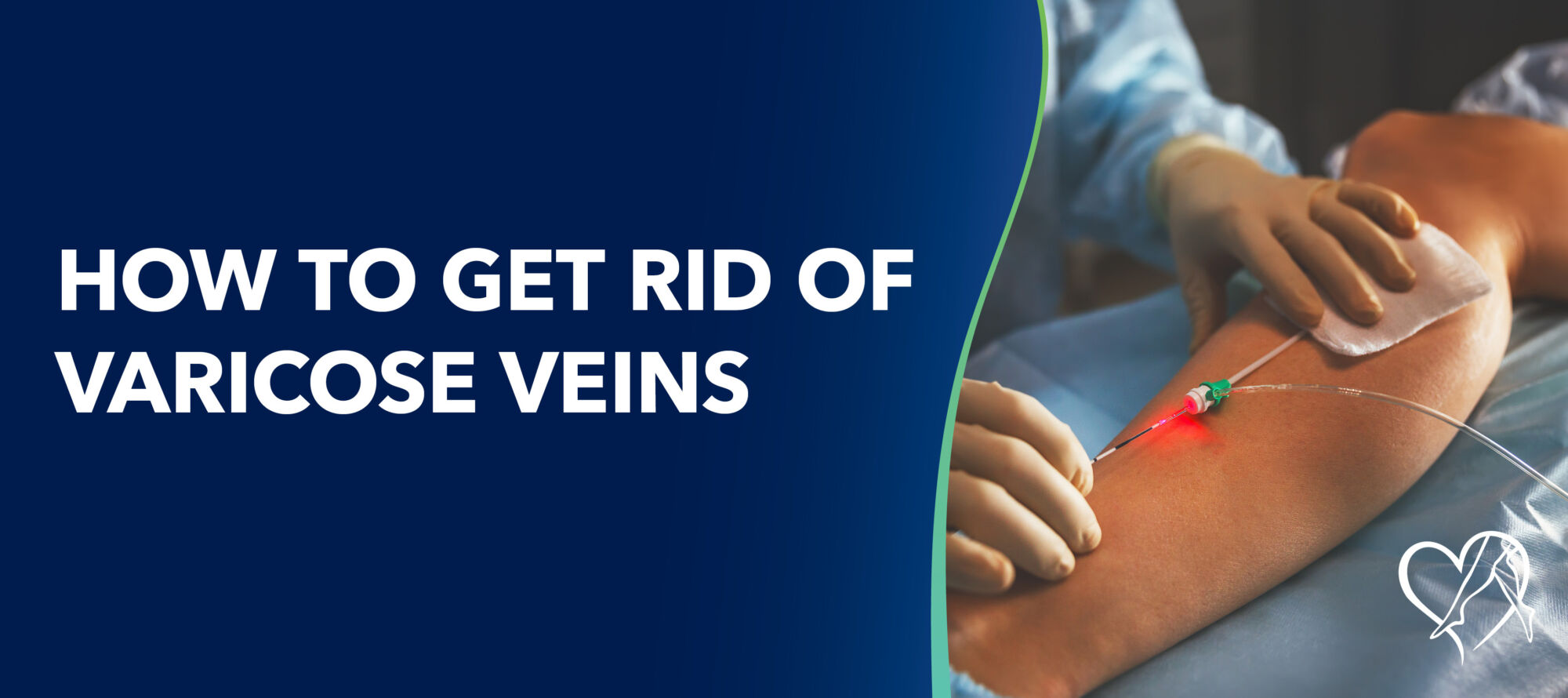

Learn what venous stasis ulcers are, why they form, and how early treatment can prevent serious leg wounds. This medically reviewed guide from Center for Vein Restoration explains how chronic venous insufficiency causes ulcers, outlines key risk factors like varicose veins and swelling, and highlights today’s minimally invasive treatments that restore circulation, promote healing, and protect long-term vein health.

This blog delves into some potential risk factors of restless legs syndrome (RLS), and how proper nutrition — or lack thereof — can affect the severity of your symptoms.
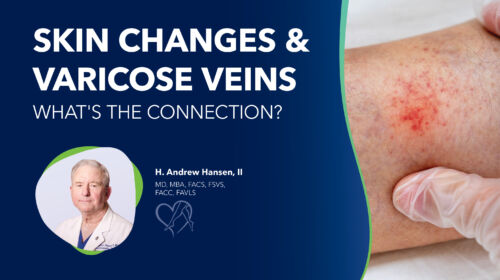
Learn how darkening, itching, or hardening skin around your ankles may signal an underlying vein problem. This medically reviewed blog explains how varicose veins and chronic venous insufficiency cause visible skin changes and highlights today’s advanced, minimally invasive treatments that restore healthy circulation and comfort. Discover the warning signs of vein disease and how to keep your legs looking and feeling their best.

Center for Vein Restoration honors the life and legacy of Dr. Shekeeb Sufian, MD, FACS, a visionary physician, mentor, and humanitarian whose pioneering work in venous and lymphatic medicine helped shape the foundation of modern vein care. His lifelong dedication to excellence, compassion, and integrity continues to inspire the CVR community and the patients he served.

Learn how magnesium may ease restless legs syndrome (RLS) by supporting muscle and nerve health. Explore research, benefits, and how it may promote better sleep and circulation.
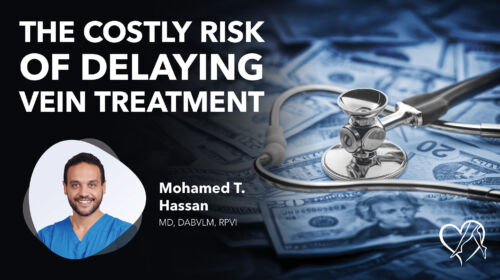
Chronic venous insufficiency (CVI) affects more than 25 million Americans, yet many delay or mismanage treatment—leading to pain, swelling, ulcers, and costly complications. This medically reviewed blog by Dr. Mohamed Hassan explains why early diagnosis and minimally invasive vein treatments are essential to prevent disease progression, reduce healthcare costs, and restore comfort and mobility.
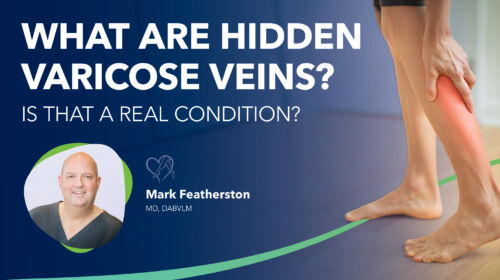
Hidden varicose veins, also known as invisible or occult varicose veins, are deeper malfunctioning veins that don’t appear on the skin’s surface but can still cause leg pain, swelling, and heaviness. This medically reviewed blog explains what hidden varicose veins are, how they’re diagnosed with duplex ultrasound, and why early treatment is essential to prevent chronic venous insufficiency.
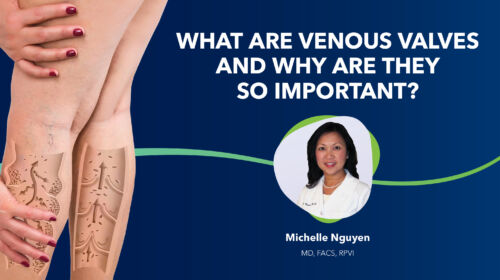
Your vein health depends on the tiny venous valves that keep blood flowing upward toward your heart. This medically-reviewed blog explains how these one-way structures prevent varicose veins, leg pain, and swelling, and what happens when they fail. Learn how modern, minimally invasive vein treatments can restore healthy circulation and keep your legs feeling light and strong.